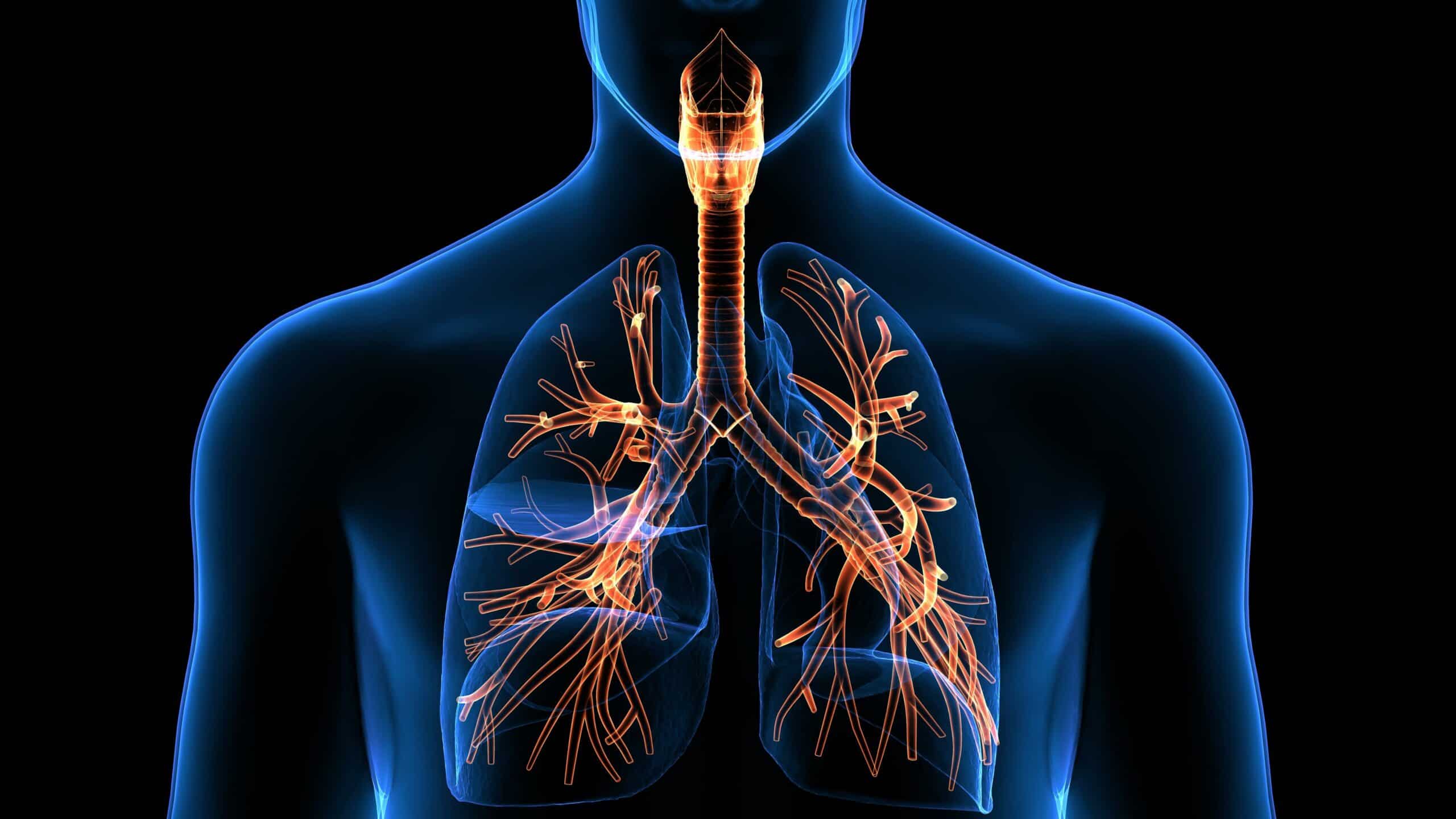The severe acute respiratory syndrome coronavirus 2 (SARS-CoV-2) is responsible for the ongoing coronavirus disease 2019 (COVID-19) pandemic. With the death of more than half a million people globally in addition to a catastrophe in the global economy, the pandemic has halted our usual day-to-day life, and threatened extended lockdowns and food scarcity. Nations are enacting urgent measures while hoping for a quick recovery, and this quick recovery is dependent upon finding a successful vaccine.
Proposals to achieve a solution to the current situation include the development of either a vaccine that will boost immunity against SARS-CoV-2, or a drug to cure COVID-19. These research approaches are ongoing and there is the prospect of a solution being supplied by the end of 2020, but both approaches are time-consuming.
Since SARS-CoV-2 attacks the respiratory epithelia (a thin, continuous layer of cells in the lungs) to cause severe breathing problems, molecular biologists have prioritised research into this part of the human body. It was soon discovered that the resource needed to develop a treatment to combat COVID-19 requires an ideal model to study the pathogenesis (the progression of processes of cellular lineage, maturation, and migration) of the virus and to perform initial trials of drugs.

Optimising a technique
Professor Colin D Bingle, a Professor of Respiratory Cell and Molecular Biology in the Department of Infection, Immunity and Cardiovascular Disease at The University of Sheffield (and also my supervisor) has discovered several proteins associated with this epithelial development and defence. Under his supervision, my project is to further define the molecular development of this epithelia. I am currently optimising a technique called the air-liquid interface (ALI) culture that can be utilised to develop an ideal model of the respiratory epithelia.
ALI culture is a method to grow cells of epithelial lining at a lower surface, where the cells are in contact with a complex liquid media at the bottom and the apical (top) surfaces are in contact with the air.
The respiratory epithelia developed through ALI culture represents the normal respiratory epithelia found throughout the respiratory tract, from the nasal cavity to the small alveolar sacs of lung where the gas exchange takes place. This is the region where SARS-CoV-2 and many other infectious viruses such as influenza, Middle East respiratory syndrome-related coronavirus (MERS-CoV), human rhinovirus, and human respiratory syncytial virus infect. We can therefore use this system to investigate the viral specificity and pathogenesis as well as to trial different drugs to find therapeutics for the treatment of COVID-19. Within Bingle’s lab, we carry out ALI cultures of human and mouse respiratory, middle ear, and nasal cavity epithelia to understand their molecular cell biology.
For SARS-CoV-2, this system has been used to define exactly which cells in the respiratory system are infected by the virus, e.g. ACE2+TMPRSS2+ cells. Moreover, the roles of different cytokines (a large group of proteins that are secreted by specific cells of immune system) in exerting the COVID-19 phenotype have been investigated. In addition to this, preliminary trials of some drugs have been carried out to combat COVID-19. In my experiments, I am using such system to investigate the formation of cilia, which are specialised organelles (subcellular structures which have one or more specific jobs to perform in the cell), and to which some viruses attach. My studies have helped to define the subset of cells which are sensitive to the viral infection, as well as addressing the alternative expressed genes during viral infection.
ALI culture approaches
Current approaches of ALI culture use primary cells isolated from mouse or human donors. However, these cells have a limited life span and cannot be grown for a long time. Hence, batch to batch variation is expected. To address this challenge, the use of immortalised human bronchial epithelial cells to develop respiratory epithelia through ALI culture is under investigation. Immortalised human cells are a population of cells which would normally not proliferate indefinitely but, due to mutation, have evaded normal cellular senescence and instead can keep undergoing division.
One limitation of the ALI culture is it takes approximately 14 days to develop the epithelia from starting point and is costly. However, cost can be reduced with submerged culture (a method for growing pure cultures of aerobic bacteria in which microorganisms are incubated in a liquid medium subjected to continuous, vigorous agitation) if successful. As part of my PhD, I have started optimising submerged culture with immortalised human cells, with some promising outcomes so far. I am hopeful that this approach will ease the screening of millions of drugs to define potential treatments for COVID-19 and future respiratory coronaviruses. This will help not only Bangladesh, but the entire global community in its efforts to combat SARS-CoV-2.



![MD_Miraj_Chowdhury_headshot[1] Headshot of Miraj Kobad Chowdhury](https://cscuk.fcdo.gov.uk/wp-content/uploads/2021/02/MD_Miraj_Chowdhury_headshot1.jpg)
